Elizabethan Era facts every history buff should know
The Elizabethan Era, often referred to as the Golden Age of England, spanned from 1558 to 1603. This period marked the reign of Queen Elizabeth I and was characterized by remarkable cultural, political, and economic growth.
The era was a time of exploration and discovery, with English sailors venturing into new territories. It was also a period of artistic flourishing, as the works of William Shakespeare and other playwrights captured the imagination of the public. The Elizabethan Era remains an iconic chapter in English history.
The Reign of Queen Elizabeth I: A Monarch’s Influence
![[redacted], Queen of England and Ireland, c1588. Artist: George Gower](https://media.tellmebest.com/wp-content/uploads/2020/09/463894711-14781.jpg)
Queen Elizabeth I, also known as the Virgin Queen, ascended to the throne in 1558 and reigned for 45 years. Her rule brought stability to England after the tumultuous reigns of her predecessors.
Elizabeth was a shrewd and charismatic leader, known for her diplomatic skills and her ability to navigate the complex political landscape of the time. She supported the arts and encouraged the flourishing of literature and theatre. Her reign is often seen as a high point in English history, and her influence extended beyond her time on the throne.
Social Hierarchy: Navigating the Elizabethan Class System
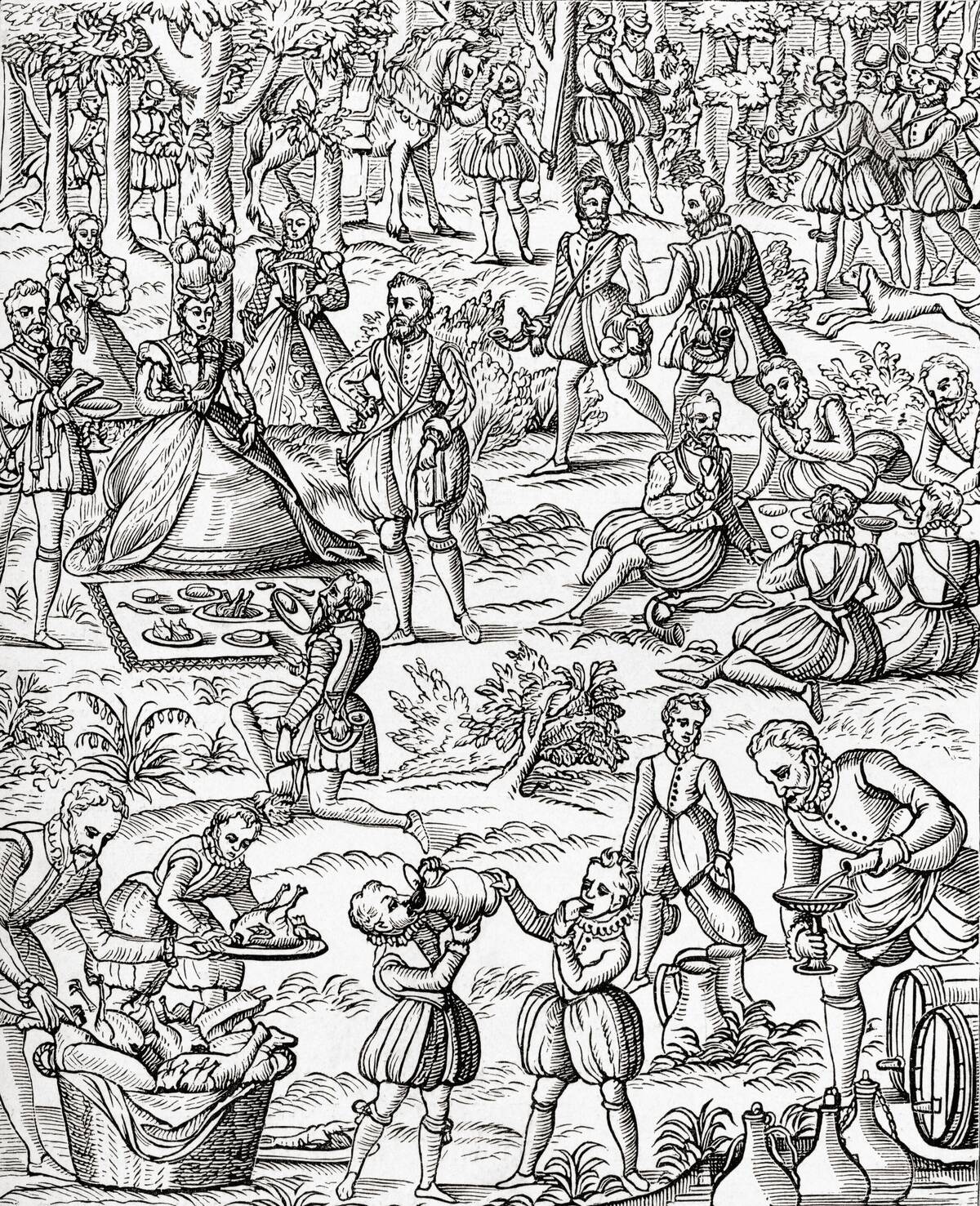
The Elizabethan social structure was a rigid hierarchy, with the monarch at the top, followed by the nobility, gentry, merchants, and peasants. The nobility, including dukes and earls, wielded significant power and wealth. The gentry, who were landowners but not nobility, played a vital role in local governance.
Merchants thrived in the growing cities, benefitting from trade and commerce. At the bottom were the peasants, who worked the land and faced a life of hard labor. Social mobility was limited, and one’s class largely determined their opportunities in life.
Fashion Forward: Dressing in the Elizabethan Era
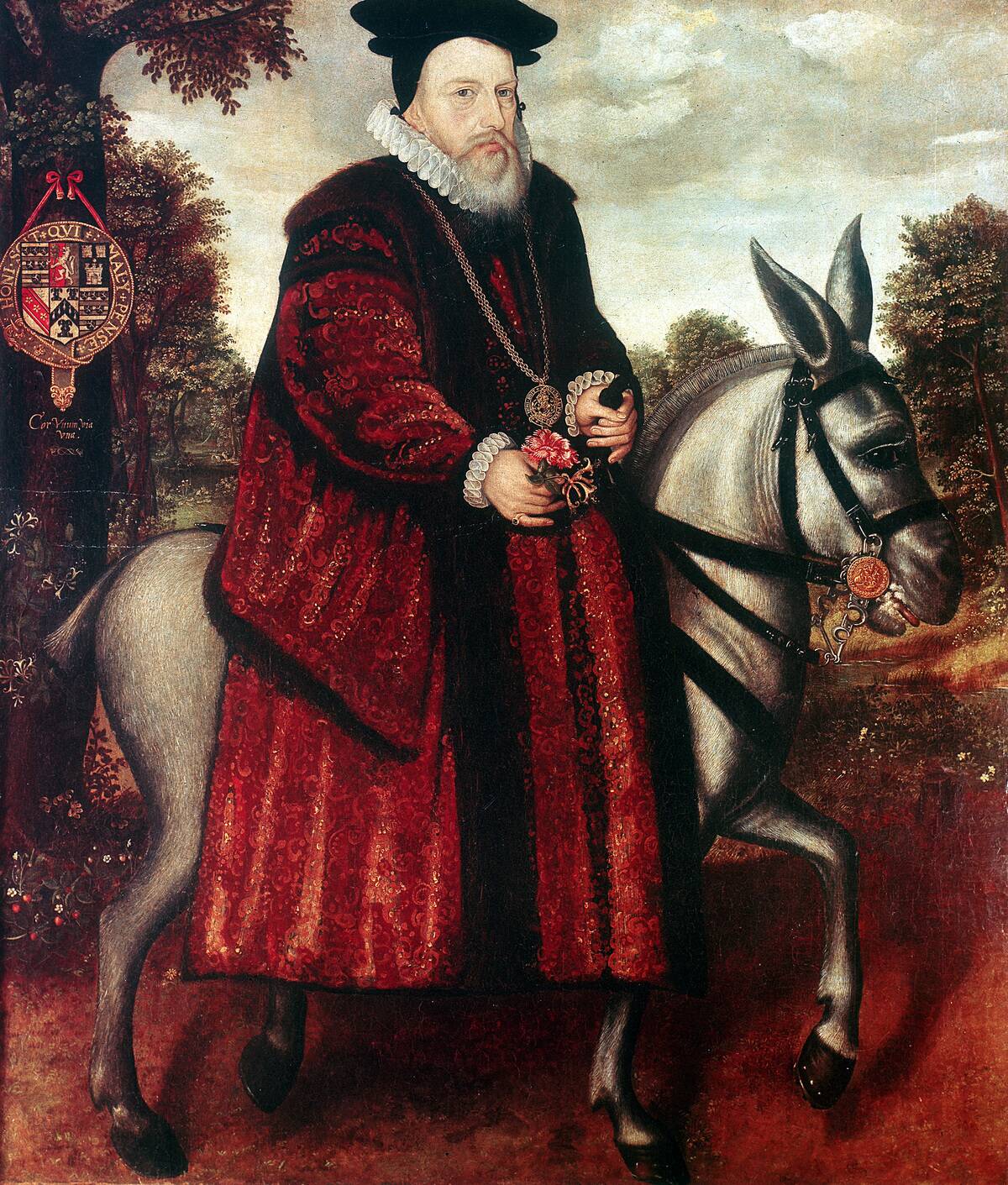
Elizabethan fashion was elaborate and opulent, reflecting one’s social status. The wealthy donned garments made of luxurious fabrics like silk and velvet, adorned with intricate embroidery and jewels. Ruffs and farthingales were fashionable, adding grandeur to the attire. Men sported doublets and hose, while women wore gowns with fitted bodices.
Colors also held significance, with certain hues reserved for the nobility. Sumptuary laws regulated who could wear what, ensuring that fashion was a clear indicator of social standing. The era’s fashion was as much about status as it was about style.
Shakespeare and the Stage: The Rise of Elizabethan Theatre
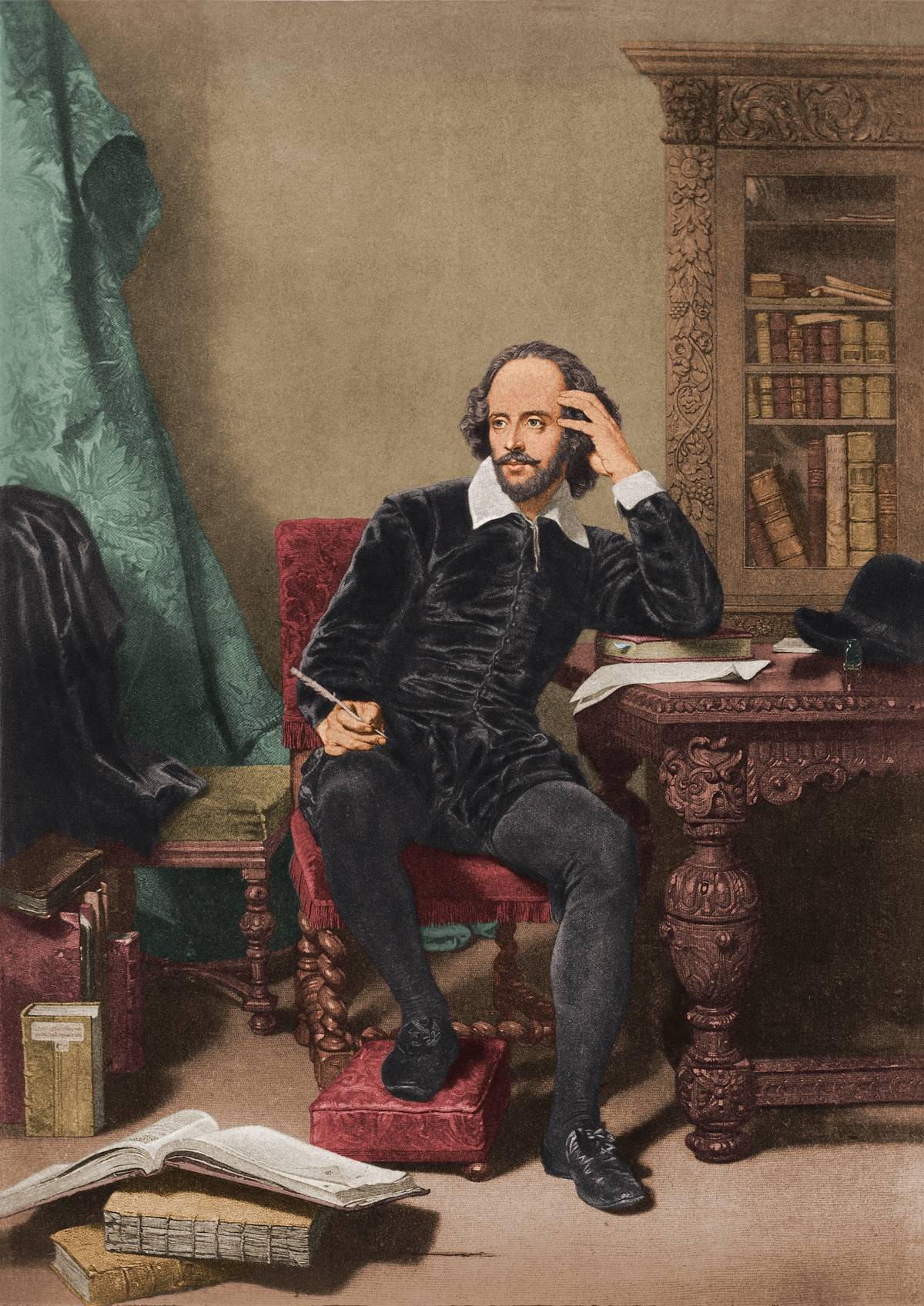
The Elizabethan Era saw the rise of English theatre, with William Shakespeare emerging as its most celebrated playwright. Theatres, such as the Globe, became popular entertainment venues, drawing audiences from all walks of life.
Shakespeare’s plays, including Hamlet, Romeo and Juliet, and Macbeth, explored timeless themes of love, ambition, and betrayal. Theatres were lively places, with performances often accompanied by music and special effects. This era marked a turning point in English drama, as playwrights pushed the boundaries of storytelling and captivated audiences with their tales.
The Language of Shakespeare: Words Invented in the Elizabethan Era
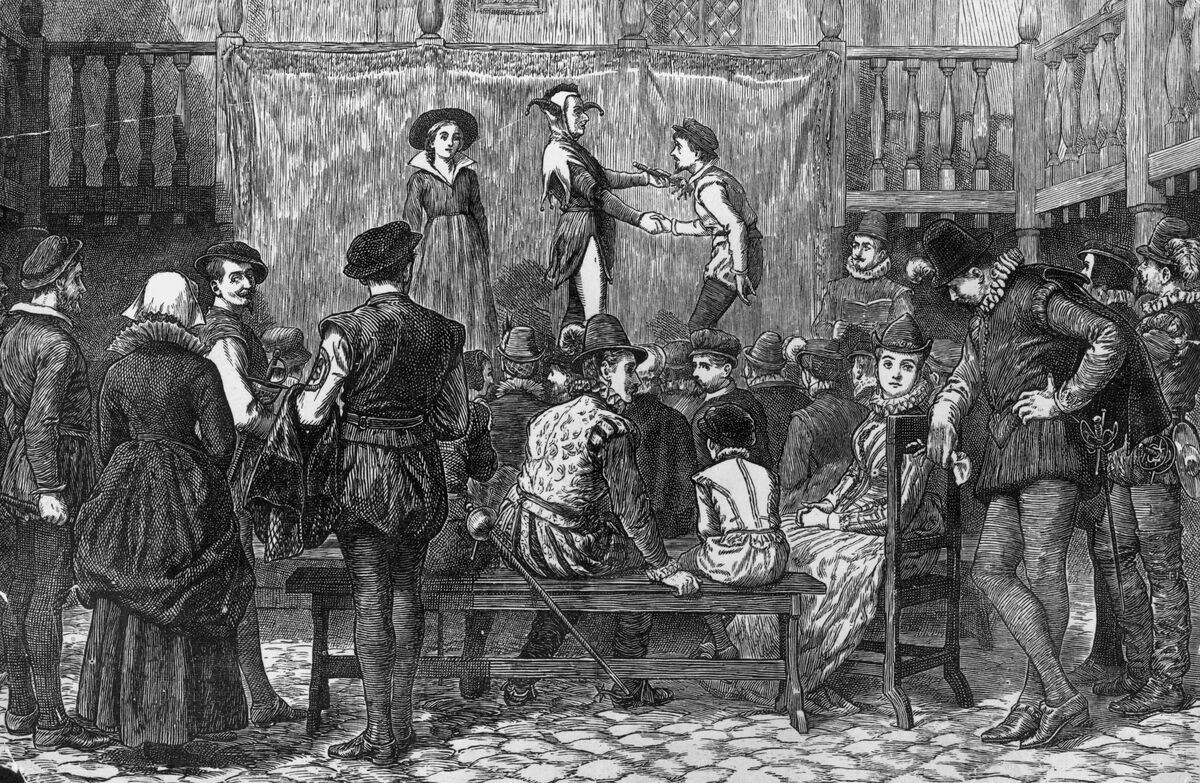
The Elizabethan Era was a time of linguistic innovation, with Shakespeare credited for coining words still in use today. Terms like “alligator” and “swagger” were first seen in his plays. The English language underwent significant evolution during this period, influenced by exploration and trade.
Shakespeare’s inventive use of language enriched English vocabulary and introduced phrases like “break the ice” and “wild goose chase.” His works reflect the dynamic nature of the language, capturing the creativity and richness of Elizabethan English that continues to influence modern speech.
Exploration and Discovery: The Era of Maritime Adventures
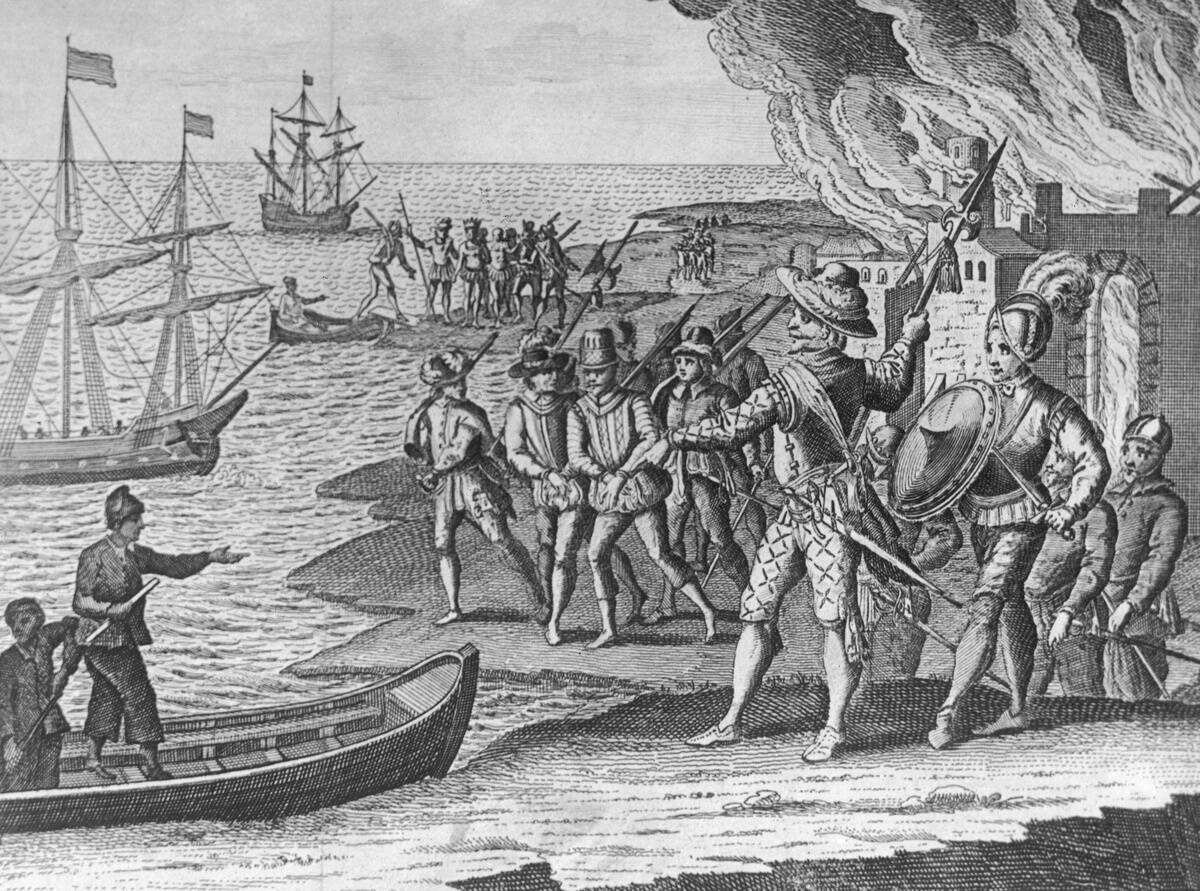
The Elizabethan Era was marked by significant exploration and maritime adventures. Figures like Sir Francis Drake and Sir Walter Raleigh became national heroes for their daring voyages. Drake famously circumnavigated the globe, while Raleigh attempted to establish colonies in the New World.
The era saw the expansion of trade routes and the establishment of the East India Company. These ventures brought wealth and new goods to England, fostering a sense of adventure and curiosity. Exploration during this time laid the groundwork for England’s future as a global maritime power.
The Elizabethan Diet: What’s for Dinner in the 16th Century?
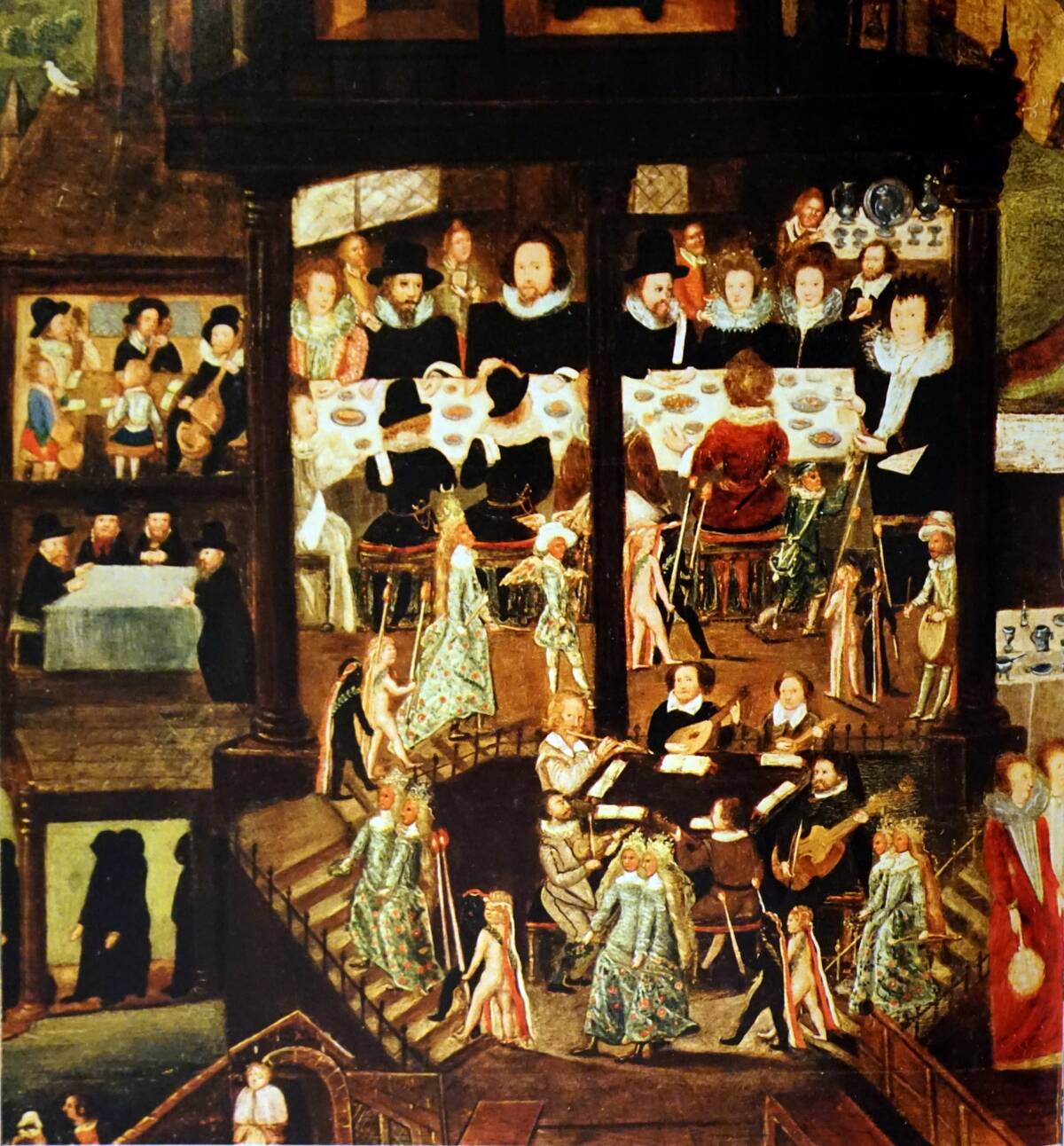
The diet in Elizabethan England varied greatly depending on one’s social class. The wealthy enjoyed a variety of meats, including venison, beef, and poultry. They also indulged in imported goods like sugar and spices. In contrast, the lower classes ate simpler fare, primarily consisting of bread, pottage, and vegetables with scarcer quantities of meat and fish available to them.
Fish was a staple, especially on Fridays and during Lent. The era saw the introduction of new foods from the Americas, such as potatoes. Despite the social divide, food played a central role in Elizabethan life, with feasts being a common way to celebrate special occasions.
Love and Marriage: Courtship Customs of the Time
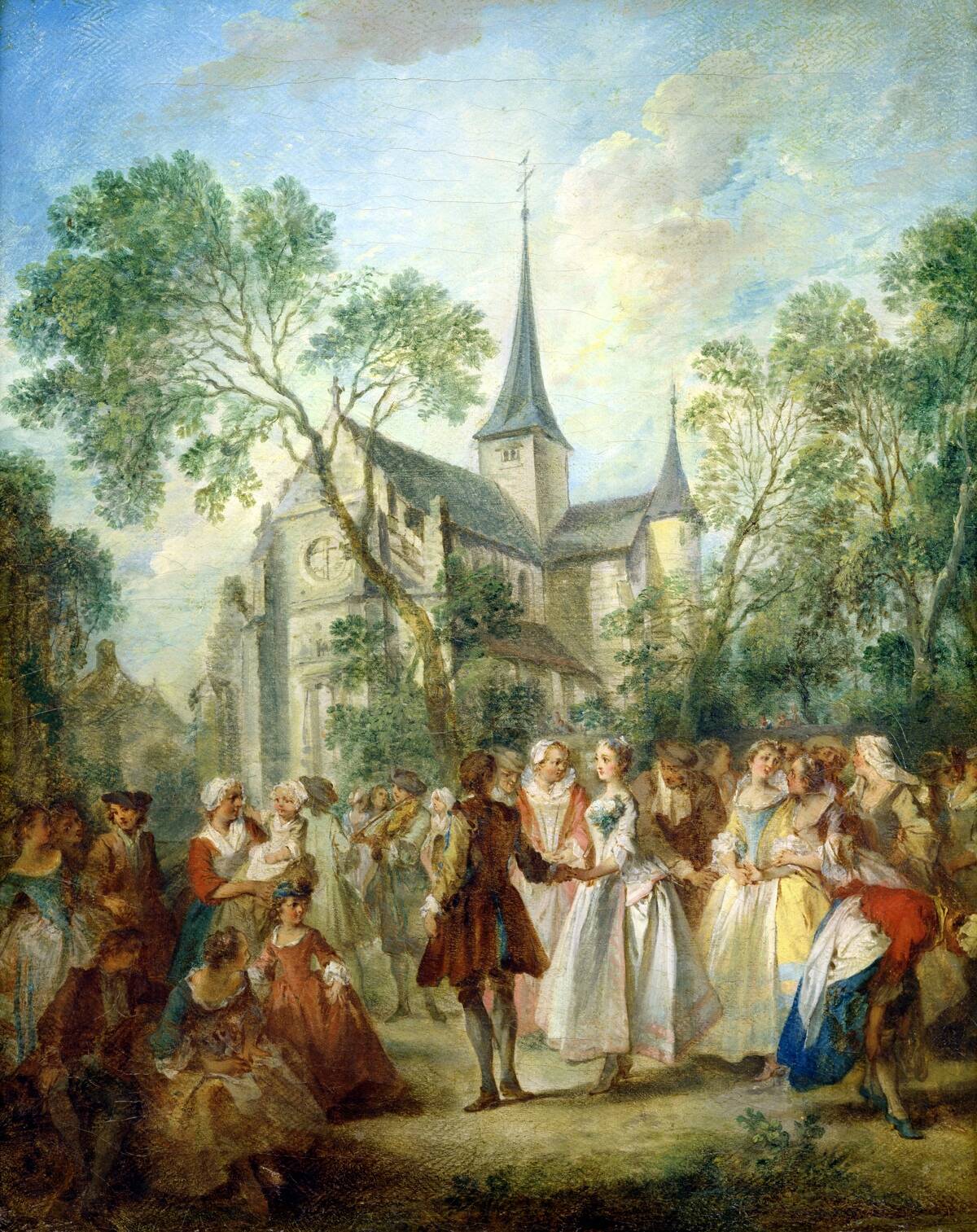
Courtship in the Elizabethan Era was a formal affair, often involving negotiations between families. Marriages were typically arranged to strengthen social and economic ties. Love matches were rare, but not unheard of.
The exchange of love tokens, such as rings or handkerchiefs, was common. Weddings were elaborate events, with feasting and dancing. The legal age for marriage was 12 for girls and 14 for boys, although many waited until their late teens or early twenties. The era’s courtship customs reflect the importance of family and social connections in marriage.
Elizabethan Entertainment: From Bear Baiting to Masques
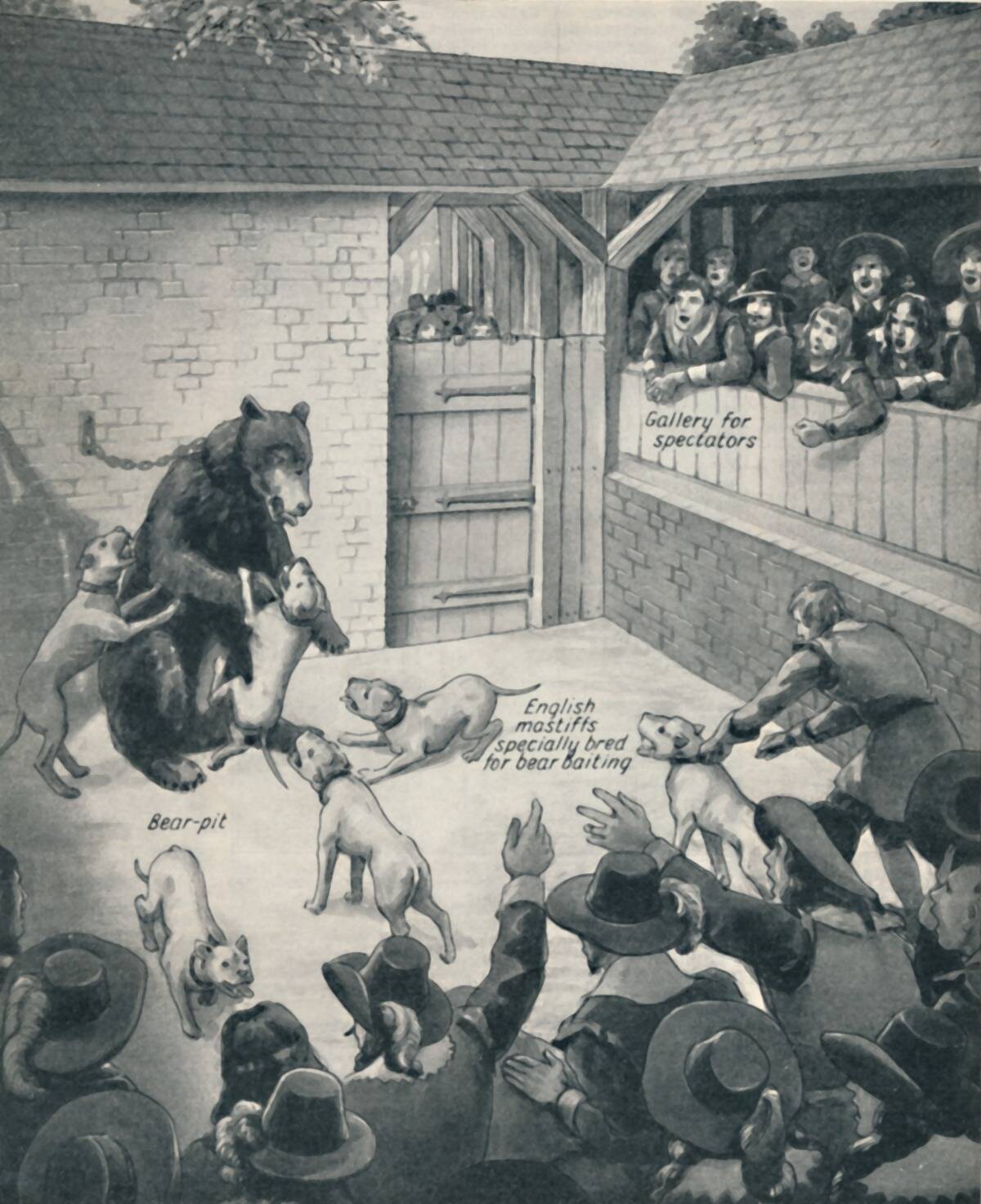
Entertainment in Elizabethan England was diverse and often reflected the era’s fascination with spectacle. Bear baiting, a brutal yet popular sport, drew large crowds. Theatres staged plays that captivated audiences with their drama and humor.
Masques, elaborate performances combining music, dance, and acting, were favorites at court. People also enjoyed festivals, fairs, and outdoor activities like archery and hunting. Despite the era’s challenges, entertainment provided a welcome escape, showcasing the creativity and vitality of Elizabethan culture.
The Bubonic Plague: A Dark Shadow over the Golden Age
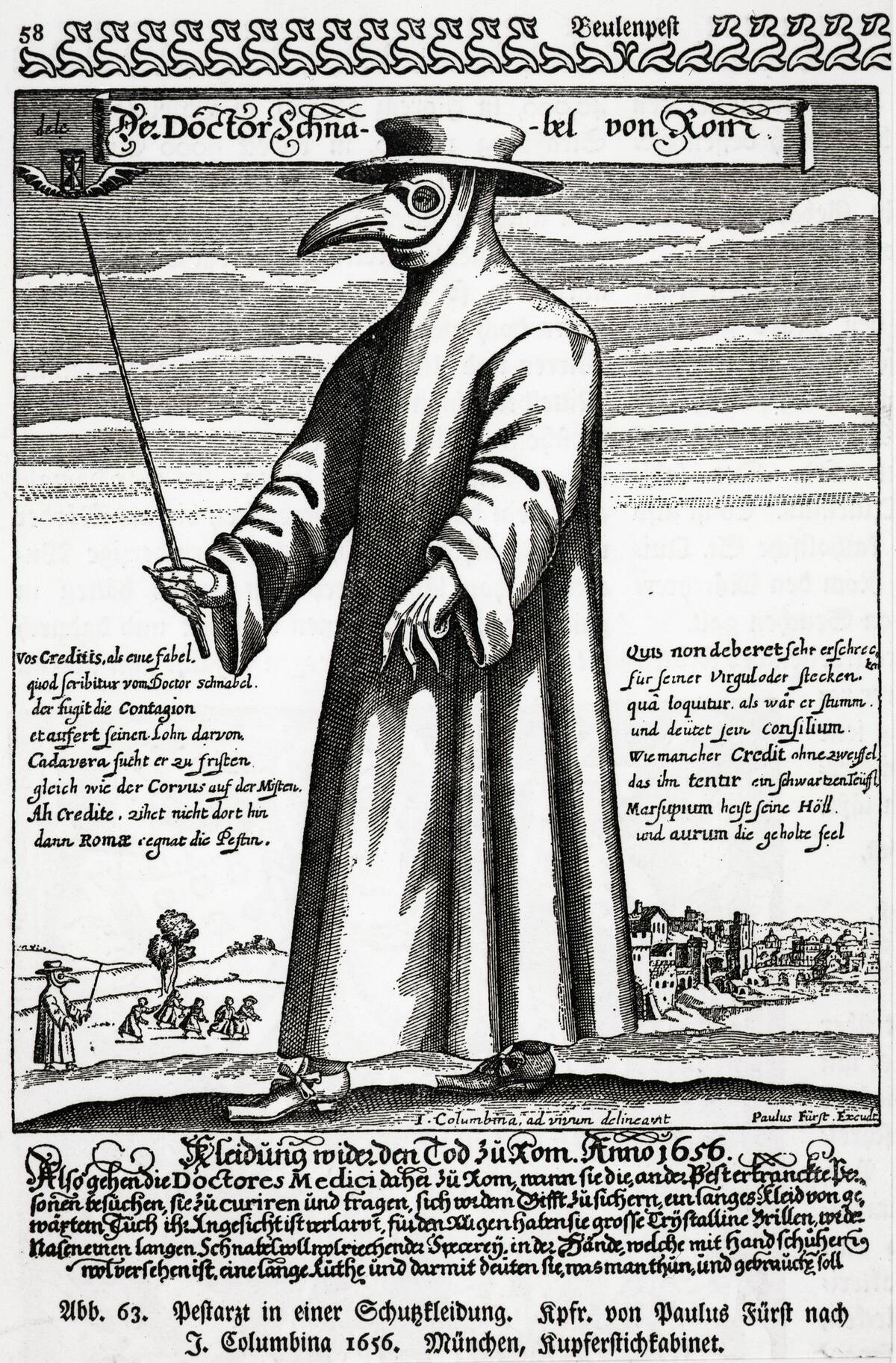
The Elizabethan Era, while a time of prosperity, was also plagued by the bubonic plague. The disease struck periodically, causing widespread fear and devastation. The crowded and unsanitary conditions of cities like London facilitated its spread.
Theatres and public gatherings were often closed during outbreaks to prevent contagion. Despite these measures, the plague claimed thousands of lives. The threat of the disease was a constant shadow over the era, influencing everything from daily life to public policy. It remains a stark reminder of the challenges faced by Elizabethan society.
Science and Superstition: The Era’s View on Medicine and Magic
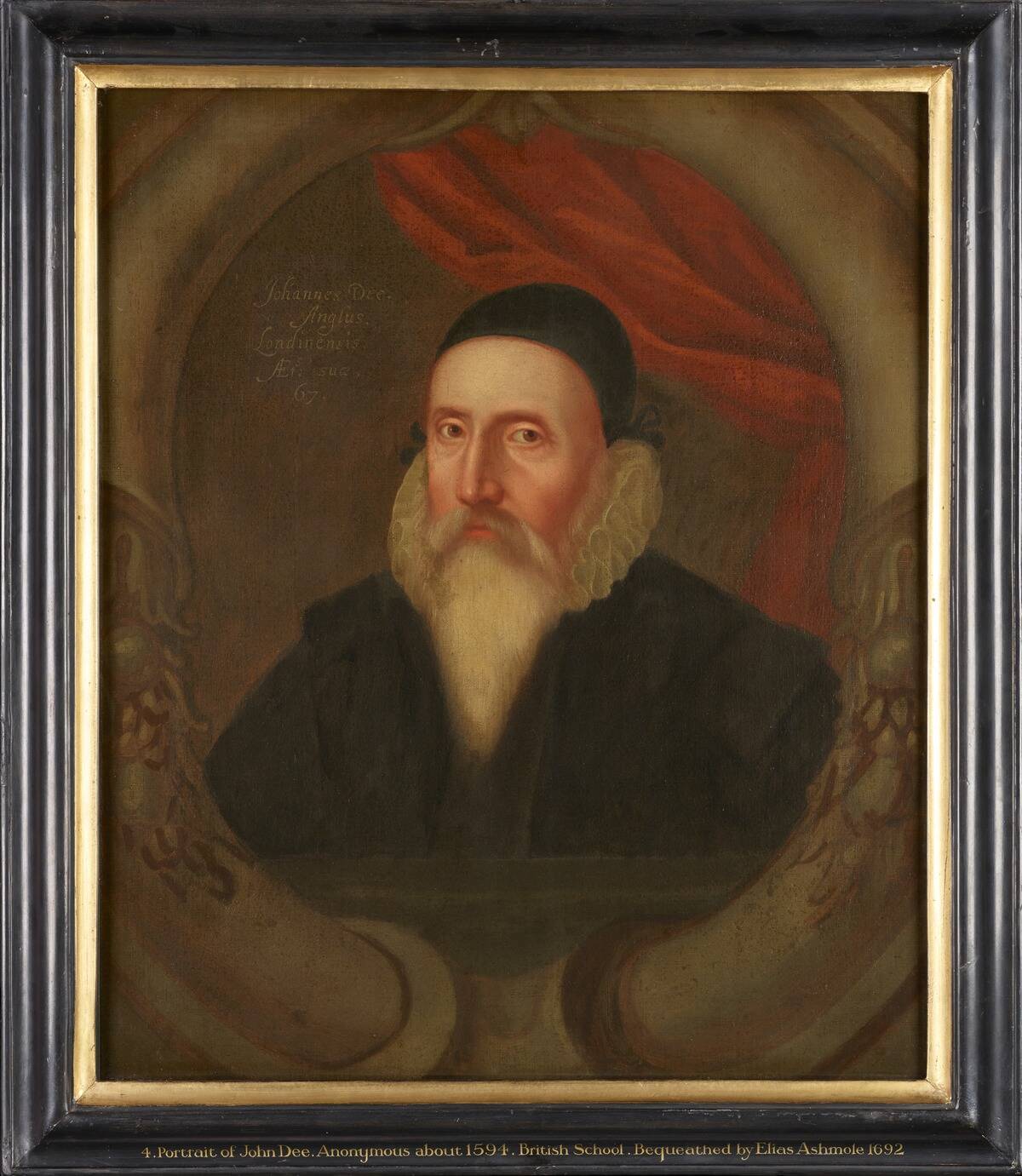
In the Elizabethan Era, science and superstition were often intertwined. Medicine was rudimentary, with treatments based on Galenic theories of humors. Common remedies included herbal concoctions and bloodletting. Superstition played a significant role, with many attributing illness to supernatural forces.
Witchcraft was feared, leading to witch hunts and trials. Despite these beliefs, the era saw advancements in anatomy and the beginnings of the scientific method. Figures like John Dee (pictured), a mathematician and astrologer, embodied the era’s blend of science and mysticism, reflecting the complex views on medicine and magic.
The Printing Revolution: The Spread of Ideas in the Elizabethan Era
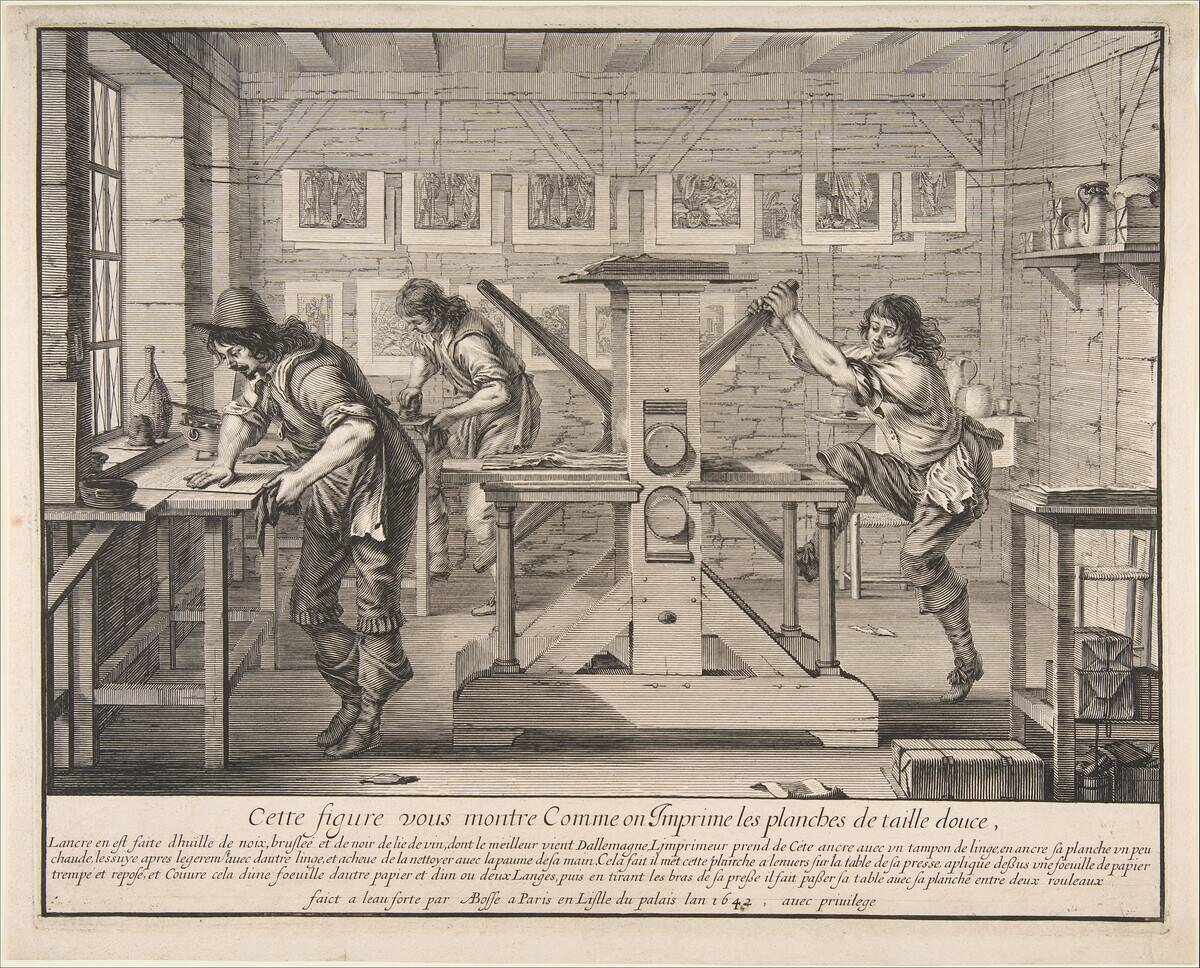
The printing press revolutionized the spread of ideas in the Elizabethan Era. Books and pamphlets became more accessible, leading to increased literacy and the dissemination of knowledge. The works of Shakespeare and other playwrights reached a wider audience thanks to print.
The era also saw the publication of influential texts, such as Foxe’s Book of Martyrs. The printing revolution empowered people with information, fostering intellectual growth and debate. It played a crucial role in shaping the cultural and intellectual landscape of Elizabethan England, leaving a lasting impact on society.
Education and Literacy: Who Went to School in Elizabethan England?
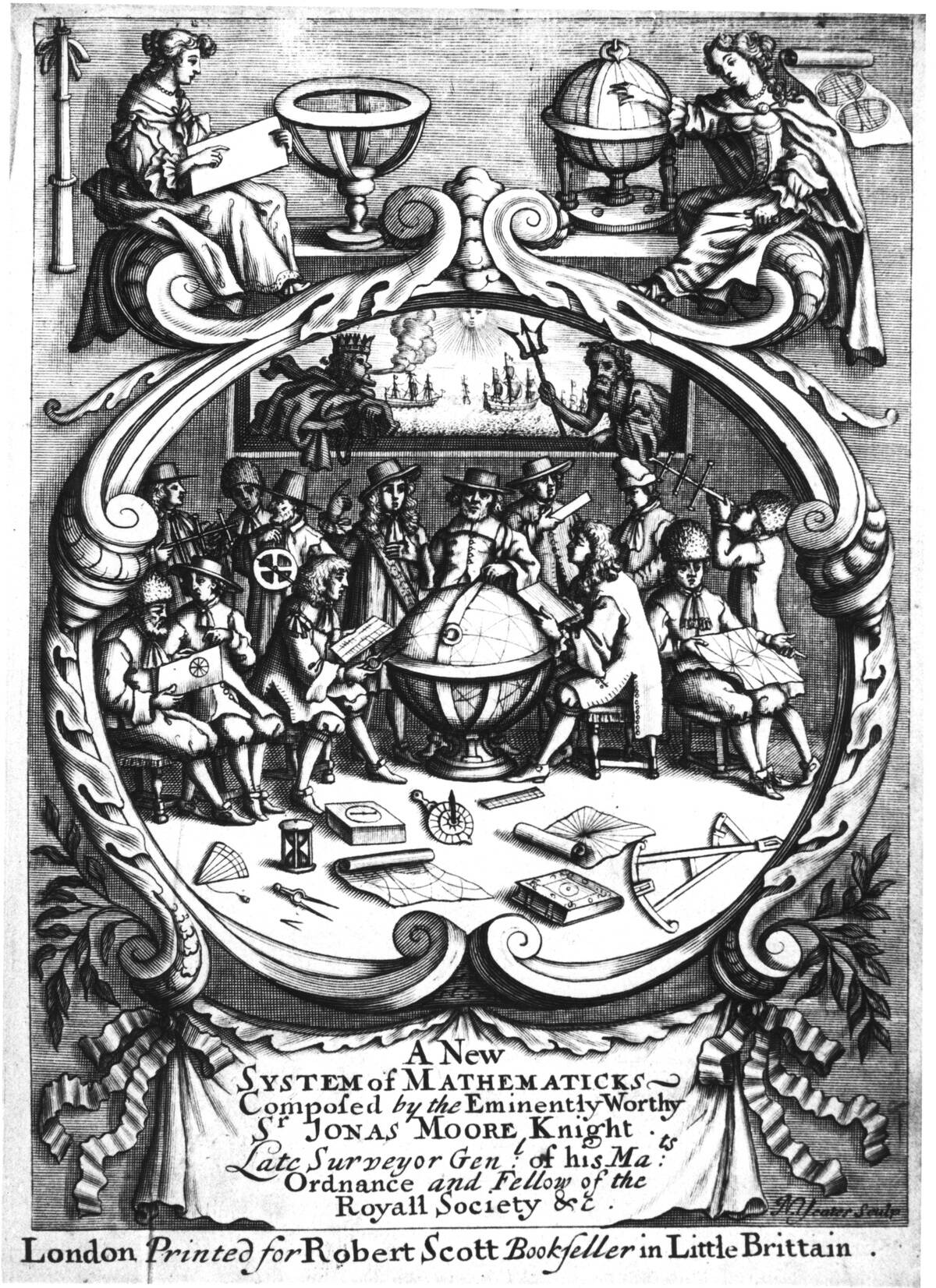
Education in the Elizabethan Era was primarily reserved for the wealthy. Boys of noble or wealthy families attended grammar schools, where they studied Greek, English, Latin, and arithmetic. Girls were generally educated at home, focusing on domestic skills.
The rise of the printing press contributed to increased literacy, even among the lower classes. Some charitable schools offered education to poor children, but opportunities were limited. The era’s approach to education reflected the social hierarchy, with literacy and learning largely the privilege of the upper classes.
Architecture and Housing: Living Spaces of the Elizabethan Era
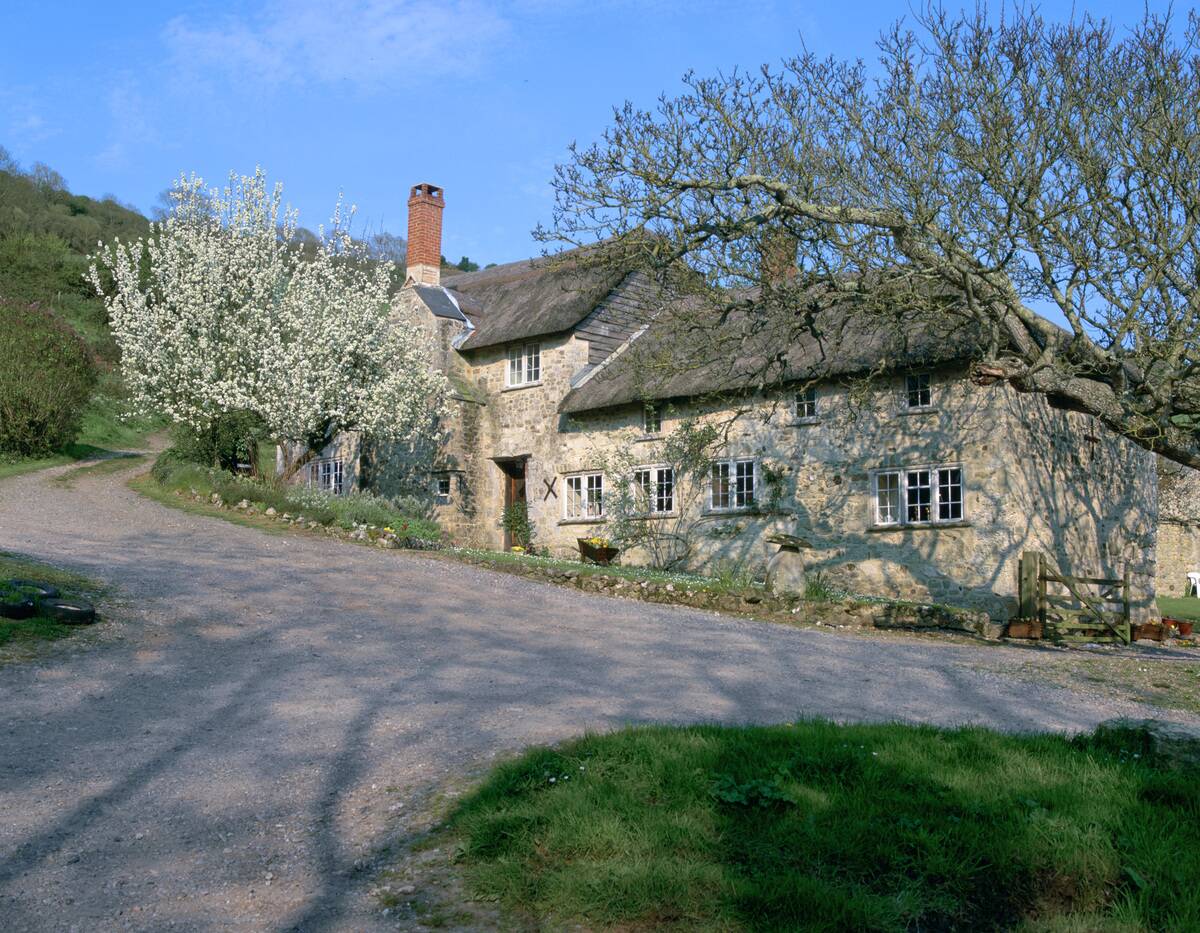
Elizabethan architecture is renowned for its distinctive style, characterized by half-timbered houses and elaborate mansions. The wealthy lived in grand homes with ornate facades and landscaped gardens. The introduction of the chimney revolutionized home design, allowing for multiple fireplaces and more comfortable living spaces.
In contrast, the lower classes lived in modest cottages with thatched roofs. The era’s architecture reflects the social divide, with housing varying greatly between classes while showcasing the period’s aesthetic sensibilities.
Religion and Politics: The Protestant Reformation’s Impact
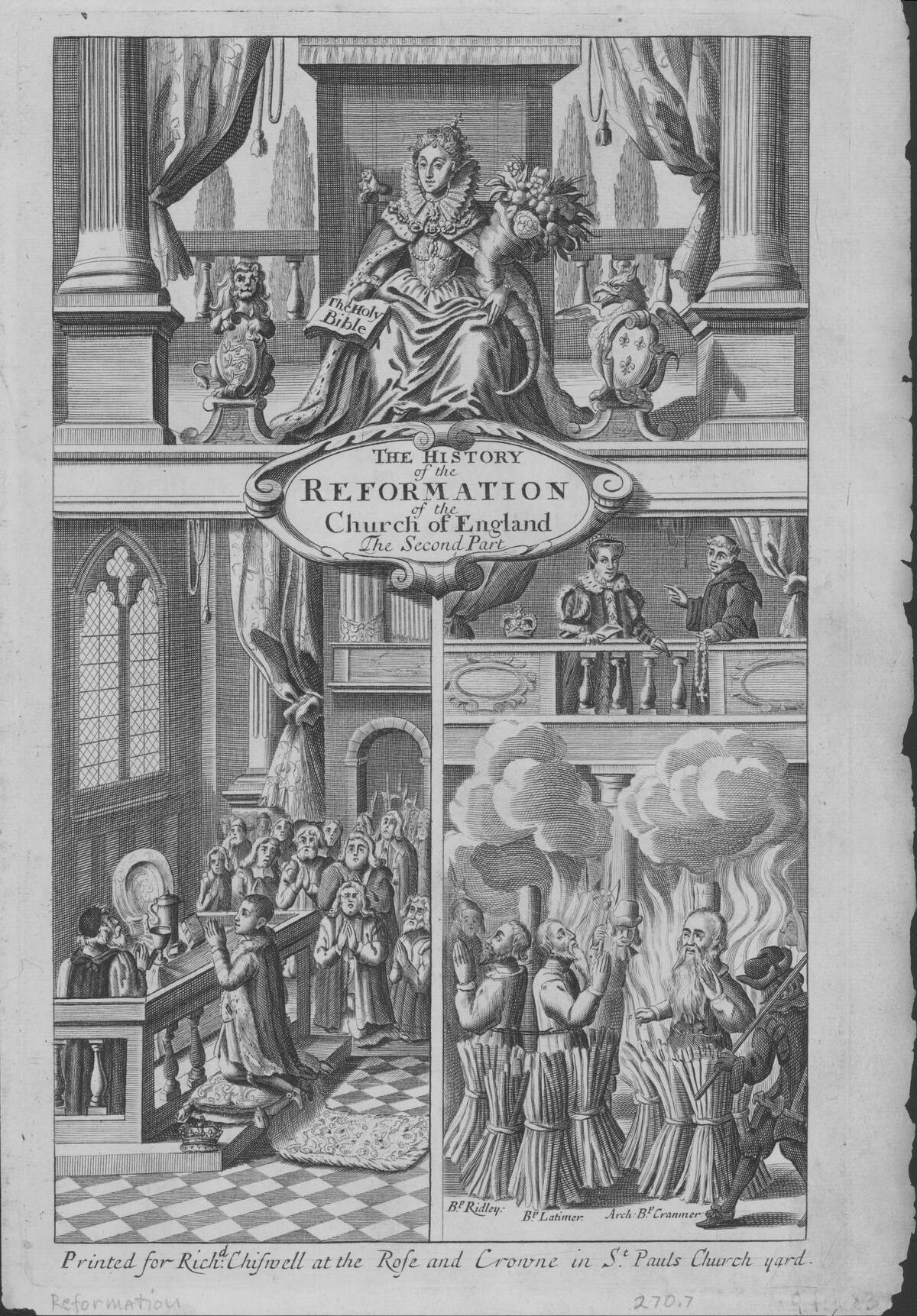
The Elizabethan Era was a time of religious upheaval, shaped by the Protestant Reformation. Queen Elizabeth I, a Protestant, sought to unify the country by establishing the Church of England as a middle path between Catholicism and Protestantism. Her religious policies aimed to quell religious tensions, although dissent persisted.
The era saw the persecution of Catholics and Puritans, as both groups faced restrictions. Religion and politics were deeply intertwined, influencing everything from governance to daily life. The Reformation’s impact was profound, shaping the religious and political landscape of England for years to come.
Everyday Life: A Peek into Elizabethan Daily Routines
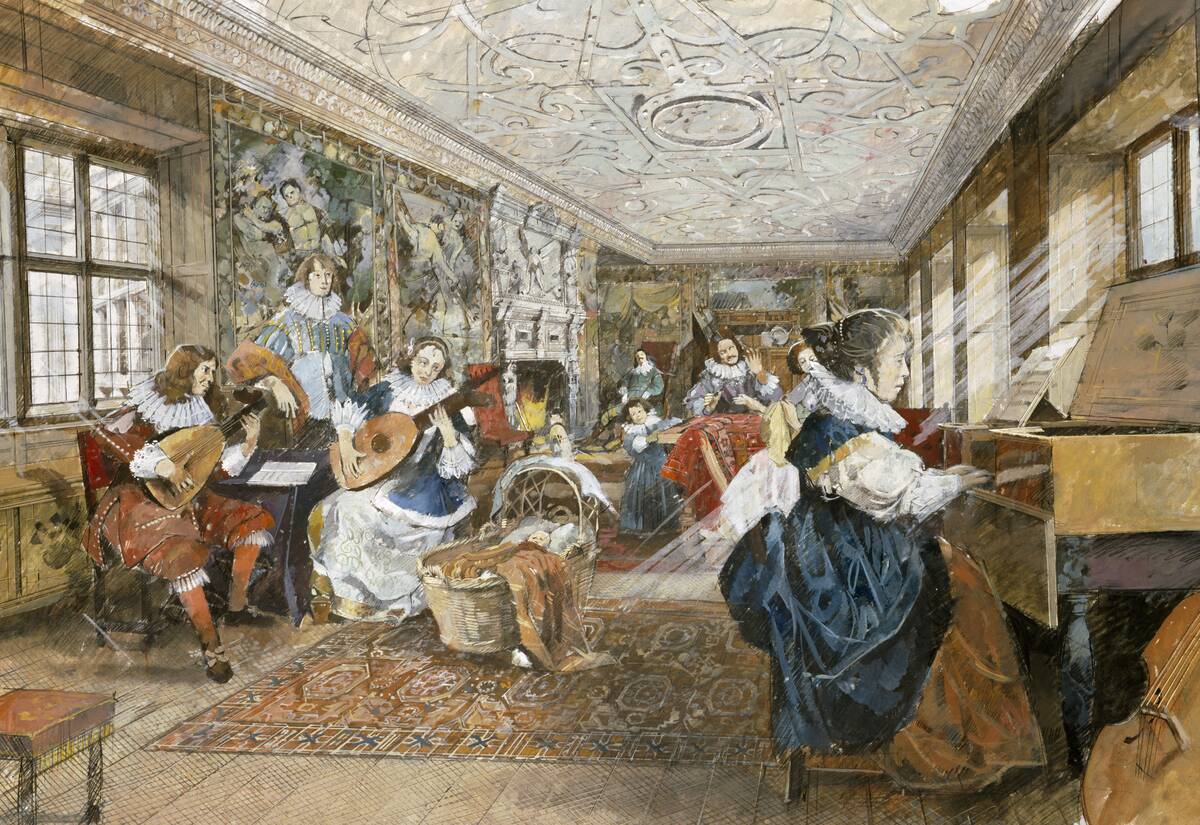
Daily life in the Elizabethan Era varied greatly depending on one’s social class. The wealthy enjoyed leisurely pursuits, while the lower classes worked long hours in agriculture or trades. Market days were bustling events, offering everything from food to fabric. Family life was central, with households often including extended family and servants.
Sunday church attendance was a social obligation, reflecting the era’s religious influence. Despite the challenges of the time, Elizabethans found joy in simple pleasures, from music and dance to gatherings at the local tavern, exemplifying the resilience and spirit of the age.
Art and Culture: The Flourishing of Elizabethan Creativity
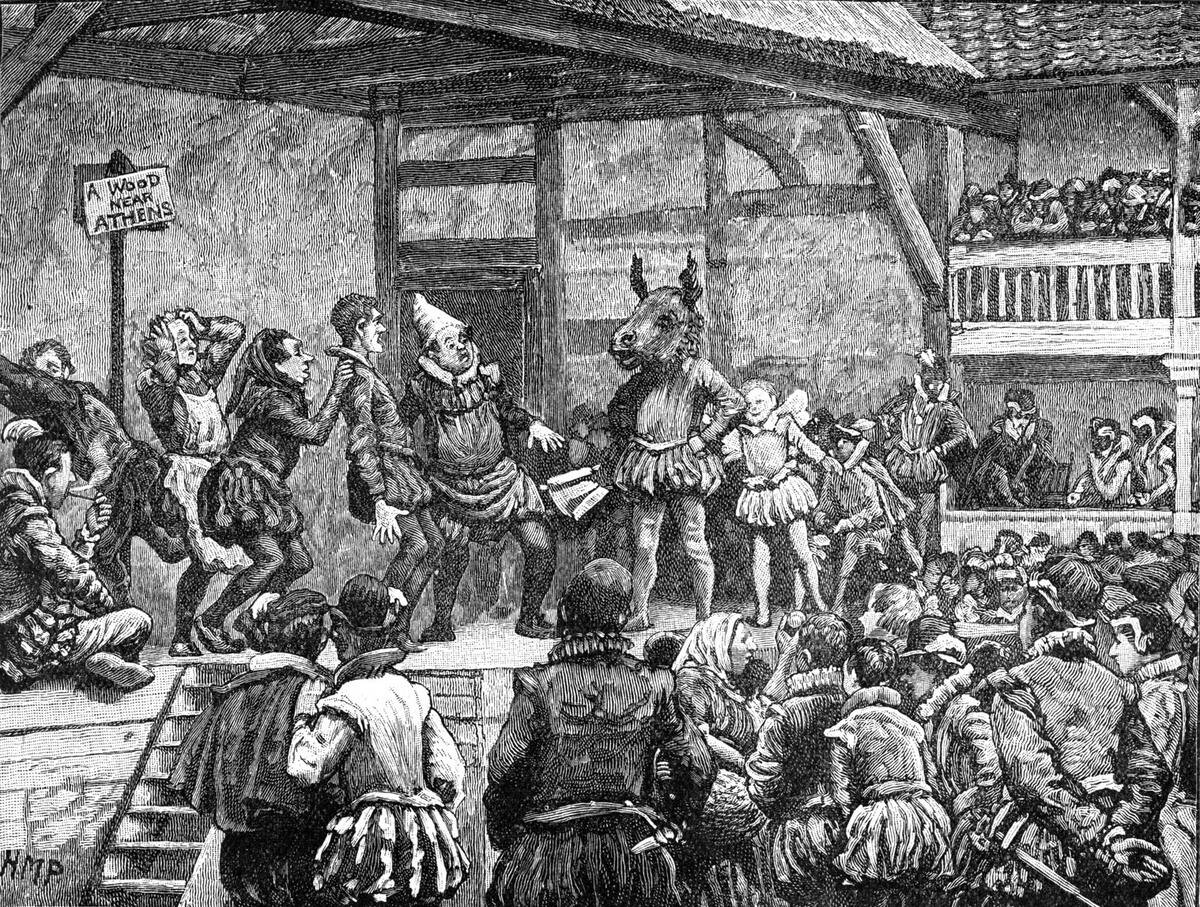
The Elizabethan Era was a golden age for art and culture, with creativity flourishing in various forms. Portraiture became a popular art form, with artists like Nicholas Hilliard capturing the likenesses of nobility. Literature thrived, with the works of Shakespeare, Christopher Marlowe, and Ben Jonson leaving a lasting legacy.
Music was an integral part of life, with composers like Thomas Tallis and William Byrd contributing to the rich tapestry of Elizabethan sound. The era’s cultural achievements reflect a society that valued artistic expression, leaving an indelible mark on history.



